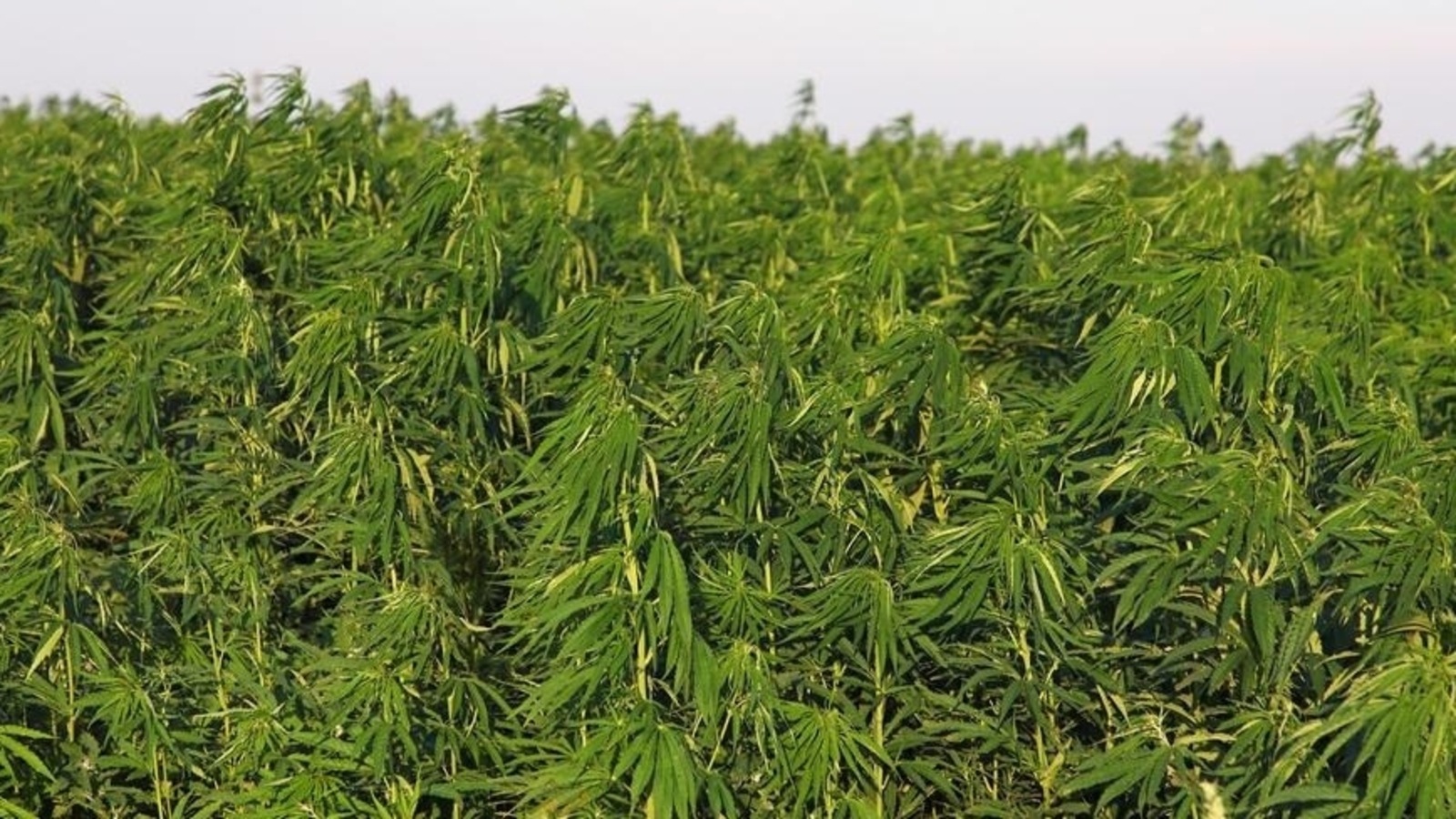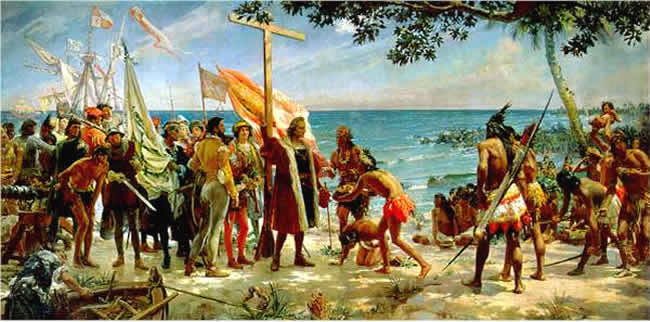goingrey
Well-known member
Found this interesting on the Wikipedia page for Cannabis in Jamaica.And, what would be the common ancestor, and how can such a statement be confirmed? And in what time and circumstances would such a common ancestor have arrived in America?
Kind regards.
Cannabis was introduced to Jamaica in the 1850s–1860s by import from licensed businesses often run by Jewish familìes in the Bengal region of India (also now Bangladesh/West Bengal) for consumption by indentured servants during British rule of both nations; many of the terms used in cannabis culture in Jamaica are based on Indian terms, including the term ganja.[2][3][4]
2. Issitt, Micah; Main, Carlyn (16 September 2014). Hidden Religion: The Greatest Mysteries and Symbols of the World's Religious Beliefs. ABC-CLIO. pp. 123–. ISBN 978-1-61069-478-0.
3. Lee, Martin A. (14 August 2012). Smoke Signals: A Social History of Marijuana - Medical, Recreational and Scientific. Simon and Schuster. pp. 143–. ISBN 978-1-4391-0260-2.
4. Kalunta-Crumpton, Anita (25 January 2012). Race, Ethnicity, Crime and Criminal Justice in the Americas. Palgrave Macmillan. pp. 219–. ISBN 978-0-230-35805-8.




